Space News
Earthsky
226
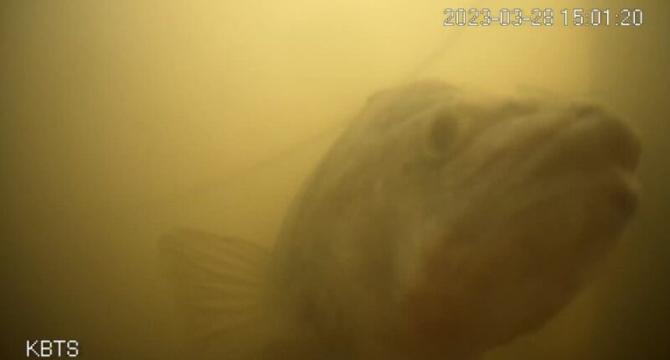
Image Credit: Earthsky
The famous fish doorbell season is back! How to help
- In Utrecht, Netherlands, fish are swimming upstream to their spawning grounds but are prevented from reaching their destinations due to a boat lock.
- To assist the fish, a live stream camera has been set up at the boat lock. Viewers can ring the doorbell when they spot a fish, which alerts the lock operator to open the lock and allow the fish to swim through.
- The quicker the fish are able to pass through the lock, the higher their chances of survival as they are vulnerable to predators while waiting.
- By participating in the fish doorbell project, viewers can contribute to improving water quality and freshwater marine life in the canals of Utrecht.
Read Full Article
13 Likes
Medium
217

Image Credit: Medium
How the Spatial Oscillation Model Replaces Time
- Time is not a fundamental quantity, but a derived concept from spatial oscillations.
- 1 OSC (one spatial oscillation) is the distance light travels in the time of one oscillation of a cesium atom.
- Physics can be entirely rewritten in terms of spatial oscillations instead of time.
- Time dilation is a shift in spatial oscillations, not a fundamental effect.
Read Full Article
13 Likes
Digitaltrends
358
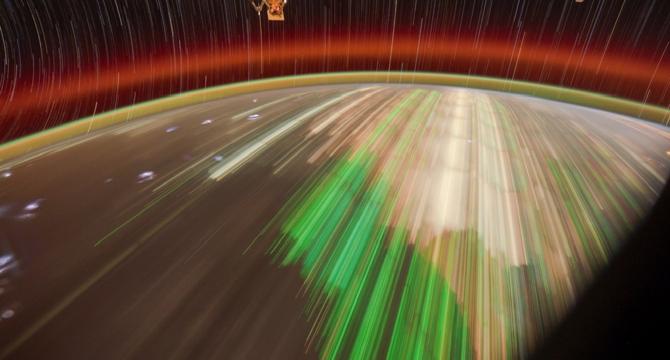
Image Credit: Digitaltrends
Astronaut’s jaw-dropping photo shows a different kind of ‘aurora’
- Space station astronaut Don Pettit shares a photo of the 'Thai aurora', caused by green lights on fishing boats used to lure squid in the Gulf of Thailand and the Andaman Sea.
- The green lights mimic the plankton and other food sources enjoyed by squid and have become a tourist attraction in Thailand.
- Eco-friendly green LED lights have replaced older halide lamps, reducing light pollution and energy consumption.
- Pettit's photo of the Thai aurora is part of his growing collection of impressive images taken during his time at the space station.
Read Full Article
21 Likes
Knowridge
444

Image Credit: Knowridge
New telescope captures stunning images of baby planets
- Astronomers at the University of Arizona have captured stunning images of young planetary systems using the Magellan Adaptive Optics Xtreme (MagAO-X) telescope.
- MagAO-X, with its adaptive optics system, provides clear and sharp images of planets forming around the young star PDS 70, located 370 light-years away.
- Key discoveries include dust rings surrounding the planets, which are expected to collapse and form moons, and significant changes in brightness believed to be caused by variations in hydrogen gas falling onto the planets.
- Studying these young planets can help scientists understand the formation and evolution of our own solar system.
Read Full Article
26 Likes
Discover more
Nasa
208
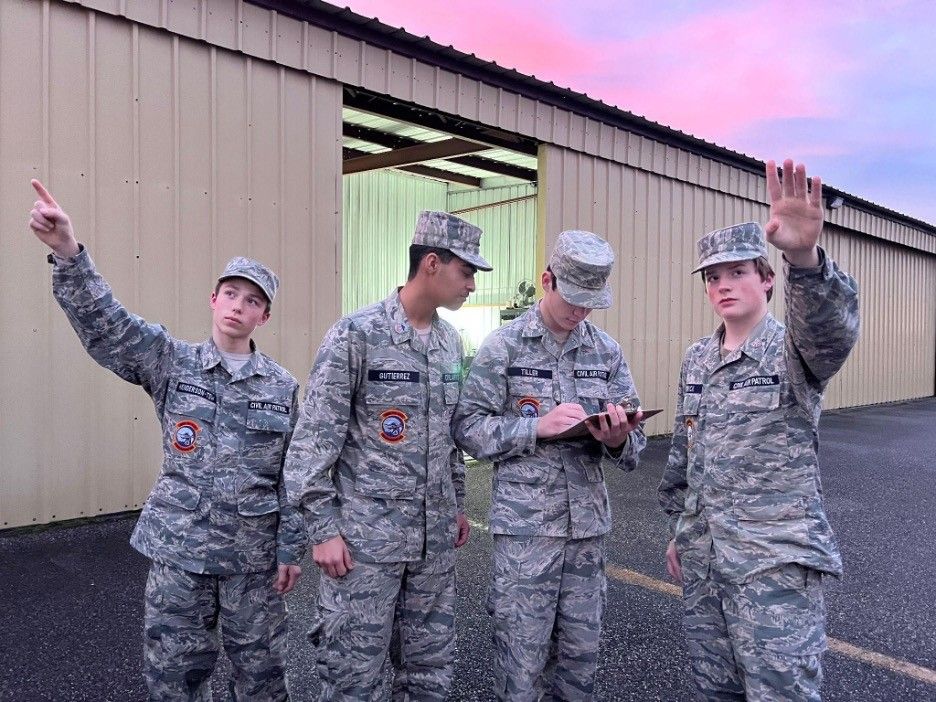
Image Credit: Nasa
2025 Aviation Weather Mission: Civil Air Patrol Cadets Help Scientists Study the Atmosphere with GLOBE Clouds
- The Science Activation Program’s NASA Earth Science Education Collaborative (NESEC) is working alongside the Civil Air Patrol (CAP) to launch the 2025 Aviation Weather Mission.
- The mission will engage cadets (students ages 11-20) and senior members to collect aviation-relevant observations including airport conditions, Global Learning and Observations to Benefit the Environment (GLOBE) Cloud observations, commercial aircraft information, and satellite collocations provided by the NASA GLOBE Clouds team at NASA Langley Research Center.
- The 2025 Aviation Weather Mission will take place from April through July 2025, collecting observations over two 4-hour periods while practicing additional skills, such as flight tracking, orienteering, and data management.
- Over 3,000 cadets in 46 wings (states) have signed up to participate in the mission.
Read Full Article
12 Likes
Nasa
444
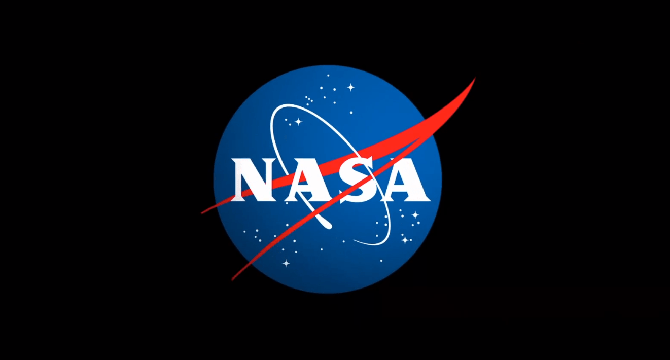
Image Credit: Nasa
NASA Awards Launch Service for Mission to Study Storm Formation
- NASA has selected Firefly Aerospace Inc. of Cedar Park, Texas, to provide the launch service for the agency's Investigation of Convective Updrafts (INCUS) mission.
- The INCUS mission aims to understand why, when, and where tropical convective storms form and why some storms produce extreme weather.
- The mission will launch on Firefly Aerospace's Alpha rocket from NASA's Wallops Flight Facility in Virginia.
- The INCUS mission consists of three SmallSats that will investigate the evolution of the vertical transport of air and water by convective storms.
Read Full Article
26 Likes
Nasa
68
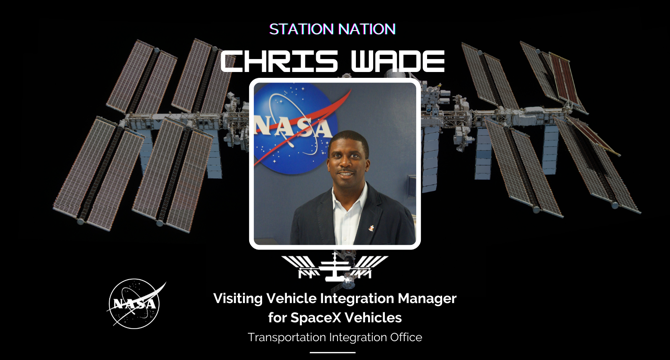
Image Credit: Nasa
Station Nation: Meet Chris Wade, Visiting Vehicle Integration Manager for SpaceX Vehicles
- Chris Wade is a visiting vehicle integration manager for SpaceX vehicles in the International Space Station Transportation Integration Office.
- He ensures vehicle requirements are on track for SpaceX missions to the space station and manages real-time mission support personnel.
- Wade manages horizontal integration between SpaceX, Commercial Crew, and ISS Programs, ensuring vehicle requirements are met for missions.
- Advises aspiring individuals to focus on STEM fields, apply for NASA internships, and not dismiss opportunities in the contractor workforce.
- Wade's path to NASA began in the contractor workforce, working for Lockheed Martin before becoming a civil servant at NASA.
- Wade was inspired to work for NASA by the Space Shuttle Challenger STS-51-L crew and vividly recalls watching their launch.
- His favorite NASA memory is witnessing his first rocket launch, HTV-1 in Kagoshima, Japan.
- He cherishes sharing the longevity of the space station, highlighting its continuous crew rotations over the past 25 years.
- Wade would choose to have dinner with astronaut Ron McNair and admires McNair's similar path to NASA from a small town.
- One of Wade's favorite space-related memories is witnessing the SpaceX Demo-2 Crew Mission's arrival at the ISS.
- His key projects at NASA include robotic assembly of the ISS, robotic visiting vehicle capture, and Cargo and Crew Dragon visiting vehicle mission certification.
- Wade's favorite project was the robotic visiting vehicle capture, collaborating with the Canadian Space Agency to develop methods using the space station's robotic arm.
- Outside of work, Wade enjoys running, reading, listening to audiobooks, and spending time with family and friends in Mississippi.
- Day launches are Wade's preference, his favorite space movie is Armageddon, and he leans towards the NASA 'worm' logo over the 'meatball' logo.
- Through his work at NASA, Wade contributes to space research benefiting life on Earth and invites others to follow space station science updates through various channels.
Read Full Article
4 Likes
Brighter Side of News
131

Image Credit: Brighter Side of News
Gravity from Entropy: Breakthrough Theory Links Quantum Mechanics and Relativity
- Recent research proposes a framework linking gravity to quantum relative entropy, bridging quantum mechanics and general relativity.
- By treating spacetime as a quantum system, this approach offers new insights into black holes, dark matter, and the fabric of the universe.
- The model introduces the G-field, a Lagrangian multiplier enforcing constraints on matter-induced metrics affecting spacetime curvature.
- It predicts a small cosmological constant, aligning with the universe's accelerated expansion, and offers a natural connection between classical and quantum physics.
- Unlike discrete gravity models, this continuum approach maintains Lorentz invariance and combines principles of quantum field theory.
- The theory sidesteps challenges of describing spacetime at microscopic scales, leveraging tools from quantum information theory.
- By building gravity from entropy, the model may explain black hole thermodynamics and the preservation of information in extreme gravitational environments.
- The hypothesis suggests spacetime curvature emerges from quantum principles, potentially reshaping theories of the early universe and gravitational waves.
- Future research will test the model's predictions and explore implications for dark matter, black hole thermodynamics, and quantum information science.
- If successful, this approach could revolutionize physics by offering new insights into the fundamental forces governing the universe.
Read Full Article
7 Likes
Nasa
249
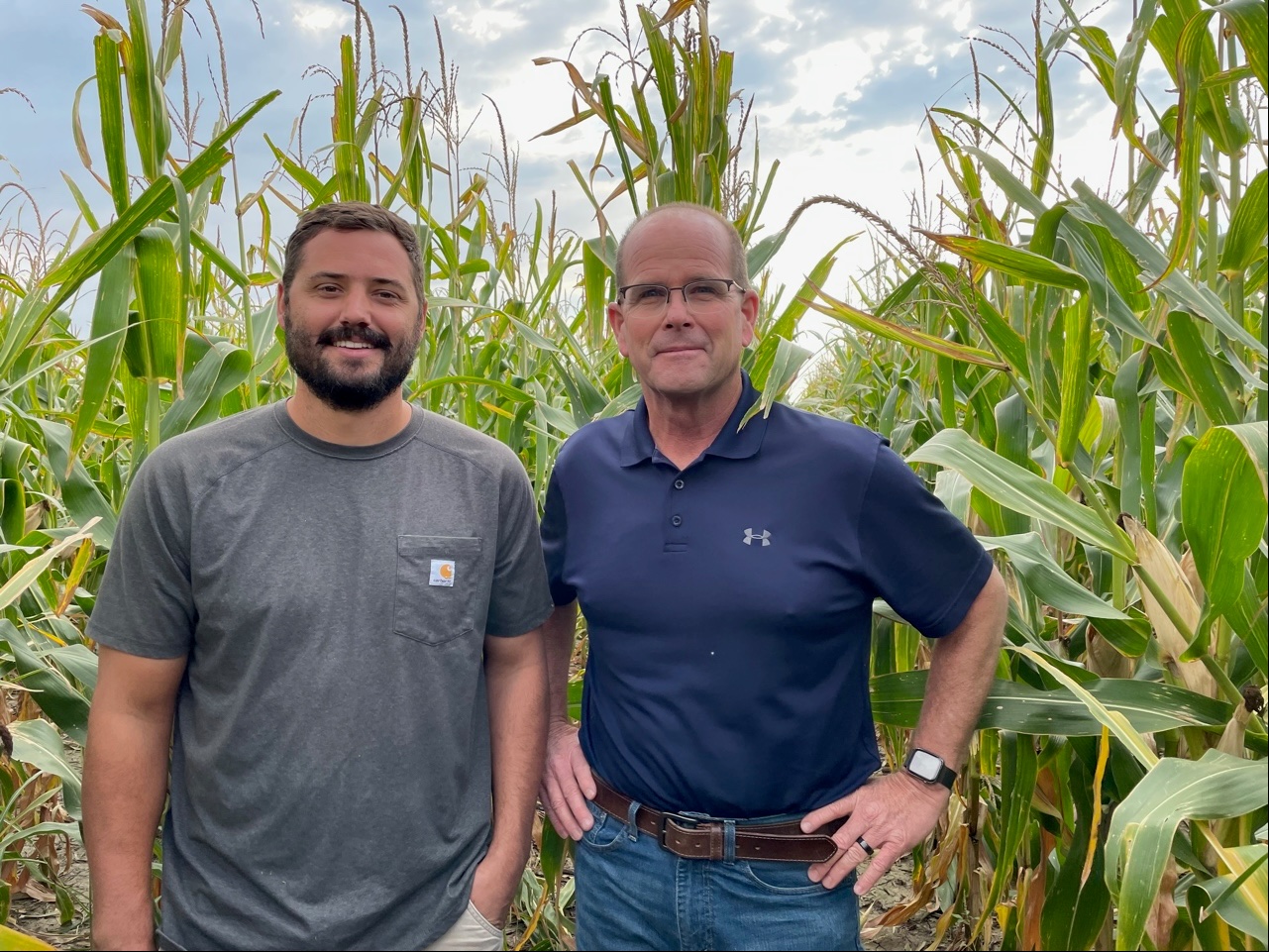
Image Credit: Nasa
FARMing with Data: OpenET Launches new Tool for Farmers and Ranchers
- OpenET has launched the Farm and Ranch Management Support (FARMS) tool to help farmers and ranchers manage their water resources efficiently.
- FARMS provides high-resolution water data to support decision-making in agricultural planning, water conservation, and efficiency.
- The tool aims to empower users with actionable, science-based data for water management across the Western U.S.
- FARMS focuses on evapotranspiration data, crucial for agriculture, irrigation planning, and drought monitoring.
- The tool uses Landsat data, agricultural data, and weather data to calculate evapotranspiration rates.
- Features of FARMS include field-to-field comparisons, custom reports, and automated re-running of reports.
- FARMS offers insights at a quarter-acre per pixel scale, making it practical and effective for farmers and ranchers.
- Farmers like Dwane Roth and Brett Baker find FARMS valuable for optimizing irrigation, crop planning, and historical trend analysis.
- The tool also benefits land managers, resource managers, and those evaluating the impacts of wildfires in the Western U.S.
- Continued evolution and community feedback are key for refining FARMS to meet the diverse needs of users and applications.
Read Full Article
15 Likes
Popsci
149
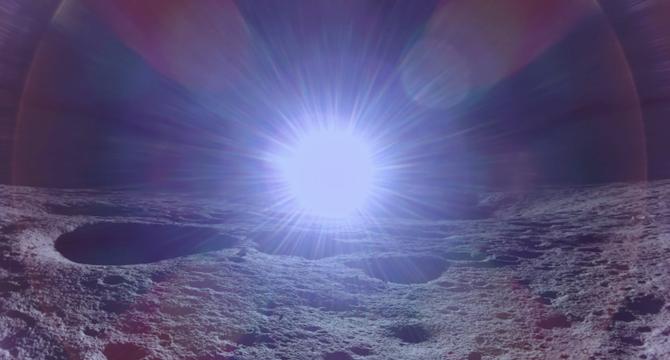
Image Credit: Popsci
NASA uses GPS on the moon for the first time
- Firefly Aerospace’s Blue Ghost becomes the first commercial lunar lander to successfully touchdown on the moon’s surface.
- NASA's joint public-private mission successfully demonstrated the use of Earth-based GPS signals on the lunar surface, marking a major step for future Artemis missions.
- The Lunar GNSS Receiver Experiment (LuGRE) broke NASA’s record for highest altitude GNSS signal acquisition while traveling to the moon, reaching 243,000 miles from Earth after reaching lunar orbit on February 20.
- LuGRE relies on GPS and Galileo constellations to autonomously measure time, velocity, and position, enabling accurate navigation for future moon missions.
Read Full Article
9 Likes
Arstechnica
313
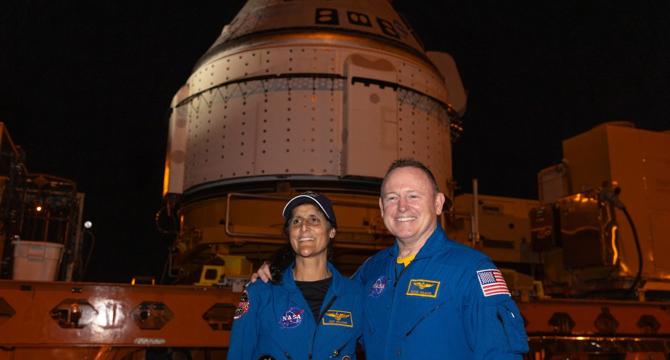
Image Credit: Arstechnica
Butch Wilmore says Elon Musk is “absolutely factual” on Dragon’s delayed return
- Three NASA astronauts and a Russian cosmonaut are due to return home on a Crew Dragon spacecraft in a couple of weeks.
- Butch Wilmore and Suni Williams joined the Crew 9 mission after their first crewed flight on Boeing's Starliner spacecraft faced technical issues and had to return uncrewed.
- The return of Crew 9 is further delayed due to development issues with a Crew Dragon, extending their flight from eight months to more than nine months.
- During a recent news conference, NASA officials discussed the politicization of Crew 9's return and Elon Musk's recommendation to deorbit the space station early.
Read Full Article
18 Likes
Nasa
158
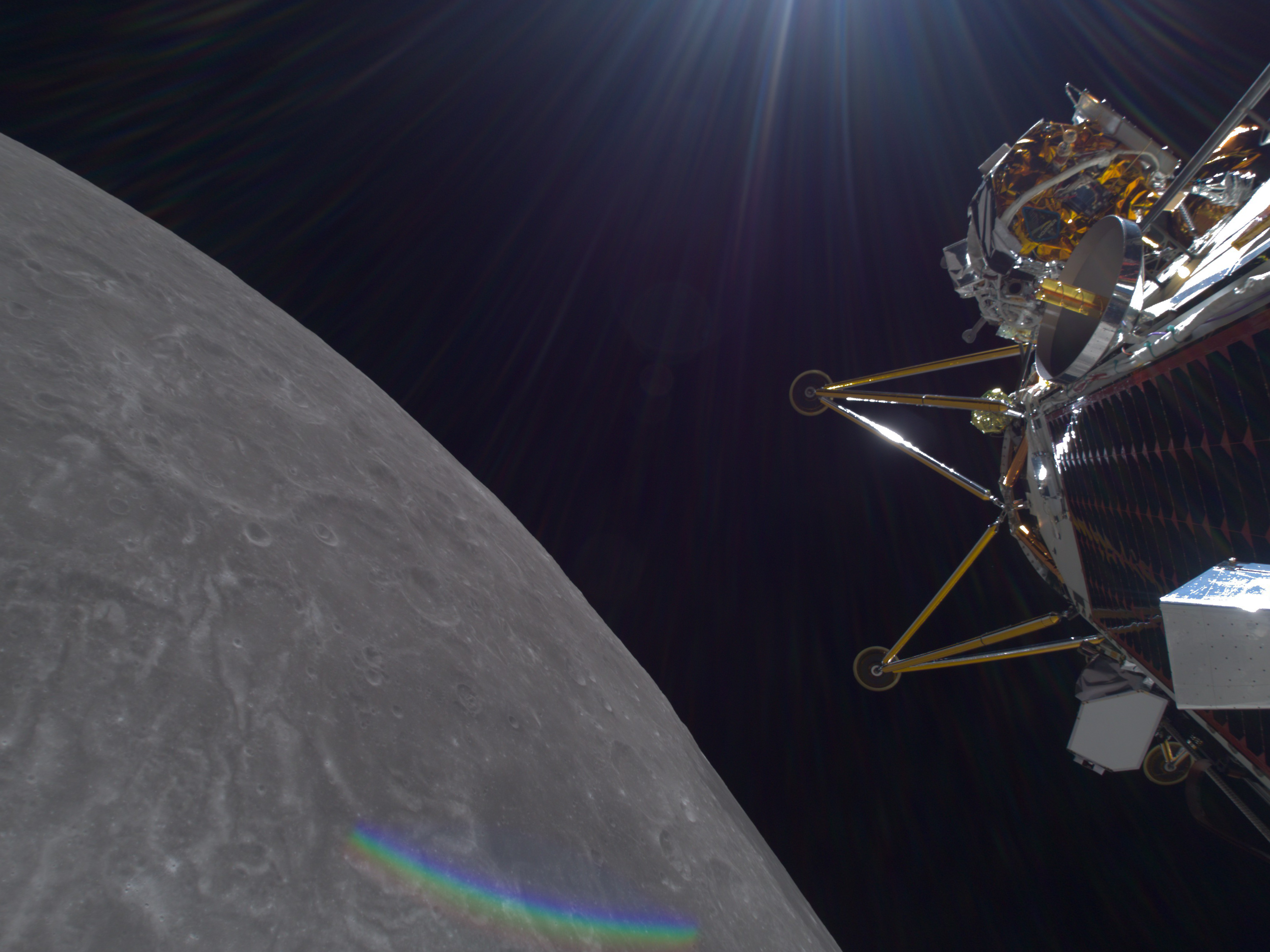
Image Credit: Nasa
NASA Sets Coverage for Intuitive Machines’ Second Private Moon Landing
- Intuitive Machines' IM-2 mission lunar lander, Athena, is scheduled to land near the Moon's South Pole.
- The landing is part of NASA's CLPS initiative and Artemis campaign to establish a long-term lunar presence.
- Live landing coverage can be watched on NASA+ starting at 11:30 a.m. EST on Thursday, March 6.
- A post-landing news conference will be held by NASA and Intuitive Machines to discuss the mission and future opportunities on the lunar surface.
Read Full Article
9 Likes
Guardian
435
Image Credit: Guardian
Nasa astronauts stuck in space after spacecraft problems to return to Earth
- Nasa astronauts Butch Wilmore and Suni Williams are set to return to Earth after nine months in space.
- Wilmore and Williams have been waiting for their replacements to arrive at the International Space Station before they can return home.
- Their return will be on a SpaceX capsule alongside two astronauts who launched by themselves in September.
- The delay in their homecoming was caused by issues with the Boeing Starliner capsule and completion time for the new SpaceX capsule.
Read Full Article
26 Likes
Nasa
449

Image Credit: Nasa
30 Years Ago: STS-67, the Astro-2 Mission
- On March 2, 1995, space shuttle Endeavour launched from NASA’s Kennedy Space Center on its eighth trip into space, the STS-67 Astro-2 mission.
- The crew included Commander Stephen Oswald, Pilot William Gregory, and Mission Specialists John Grunsfeld, Wendy Lawrence, and Tamara Jernigan.
- During the 17-day mission, they used ultraviolet telescopes to observe hundreds of celestial objects before landing at Edwards Air Force Base.
- The Astro-2 science payload consisted of three ultraviolet telescopes mounted on a Spacelab instrument pointing system.
- Endeavour launched at 1:38 a.m. EST and deployed the telescopes to conduct various studies on celestial objects.
- The crew operated the telescopes, conducted data collection, and performed middeck investigations in technology demonstration and biotechnology.
- They also conducted Earth observation photography during the mission.
- The mission lasted 16 days, 15 hours, and 9 minutes, setting a record for the longest space shuttle mission at that time.
- Astronaut Norman Thagard joined the crew in space, increasing the total humans in orbit to 13.
- The crew successfully landed at Edwards Air Force Base, completing 262 orbits around the Earth.
Read Full Article
27 Likes
Nasa
431
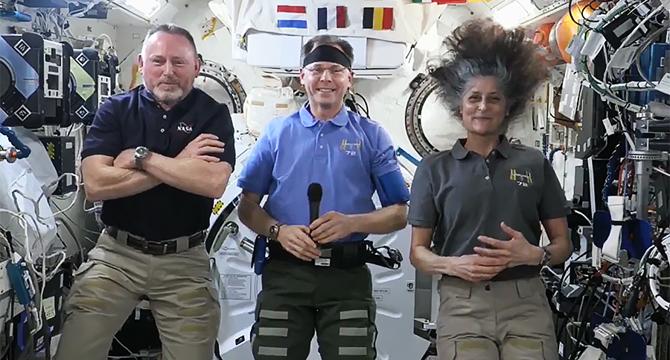
Image Credit: Nasa
Departing Crew Talks to Journalists, Keeps Up Human Research and Lab Maintenance
- Preparations for crew departure and cargo unloading were the focus aboard the International Space Station.
- NASA astronauts and Roscosmos cosmonaut practiced departure procedures for mid-March return to Earth.
- Crew-10 members will replace the Expedition 72 crew on March 12.
- Human research activities, lab maintenance, and housekeeping tasks were conducted.
Read Full Article
25 Likes
For uninterrupted reading, download the app